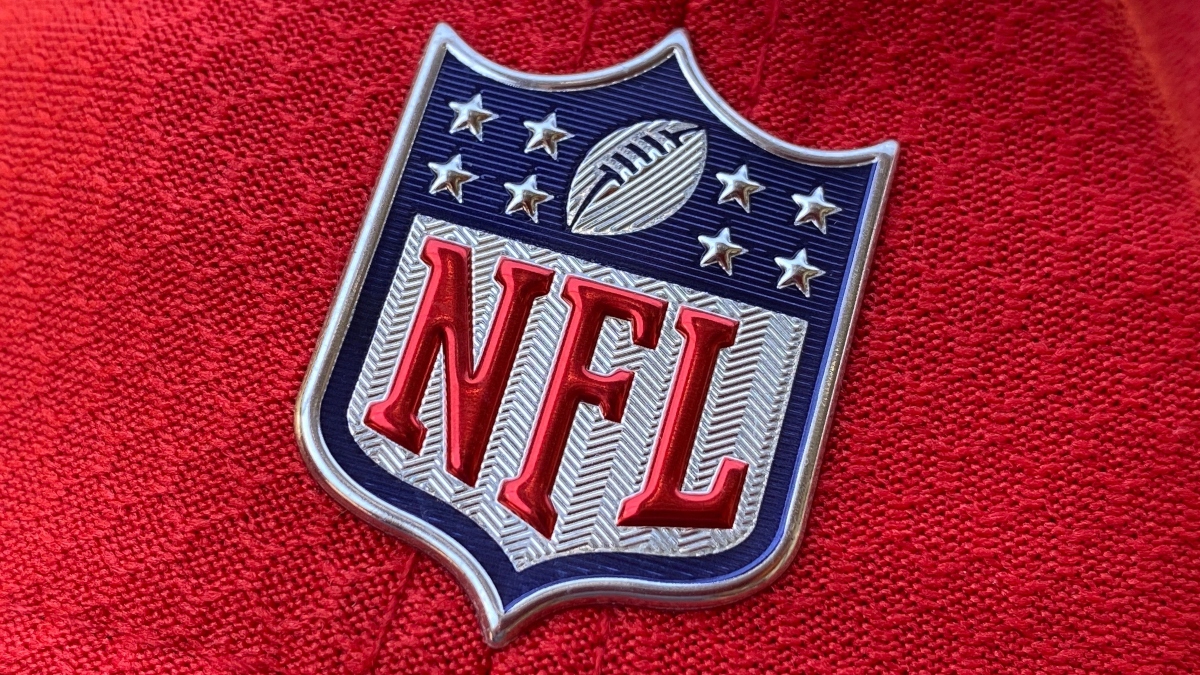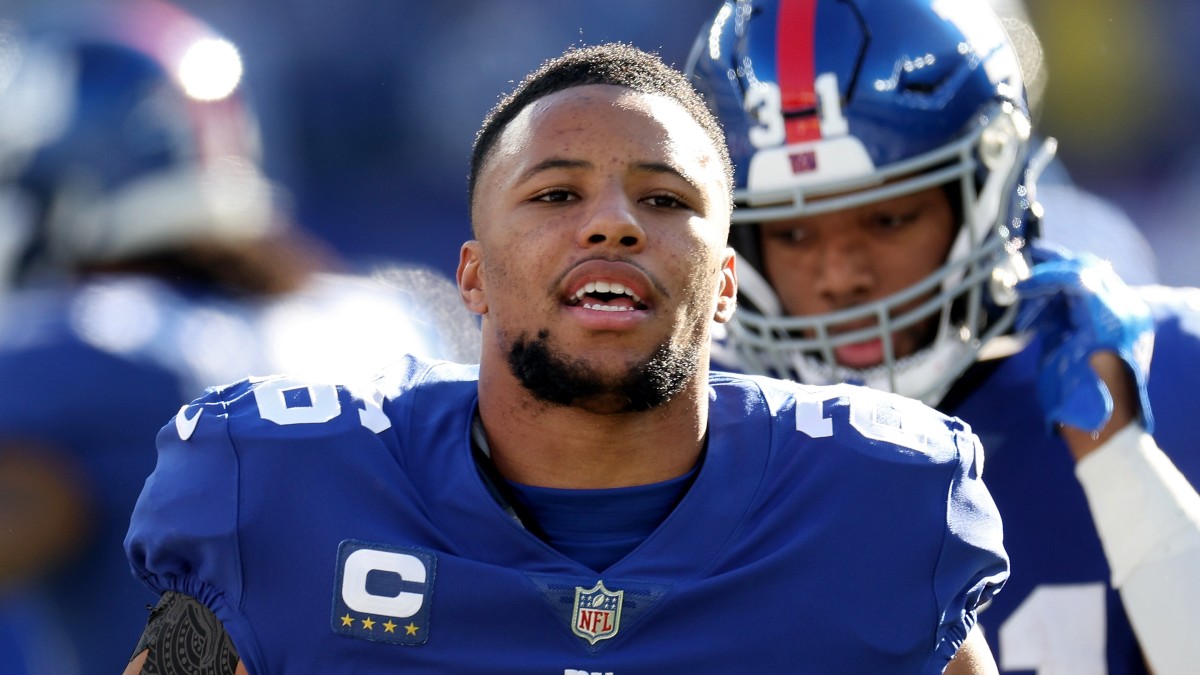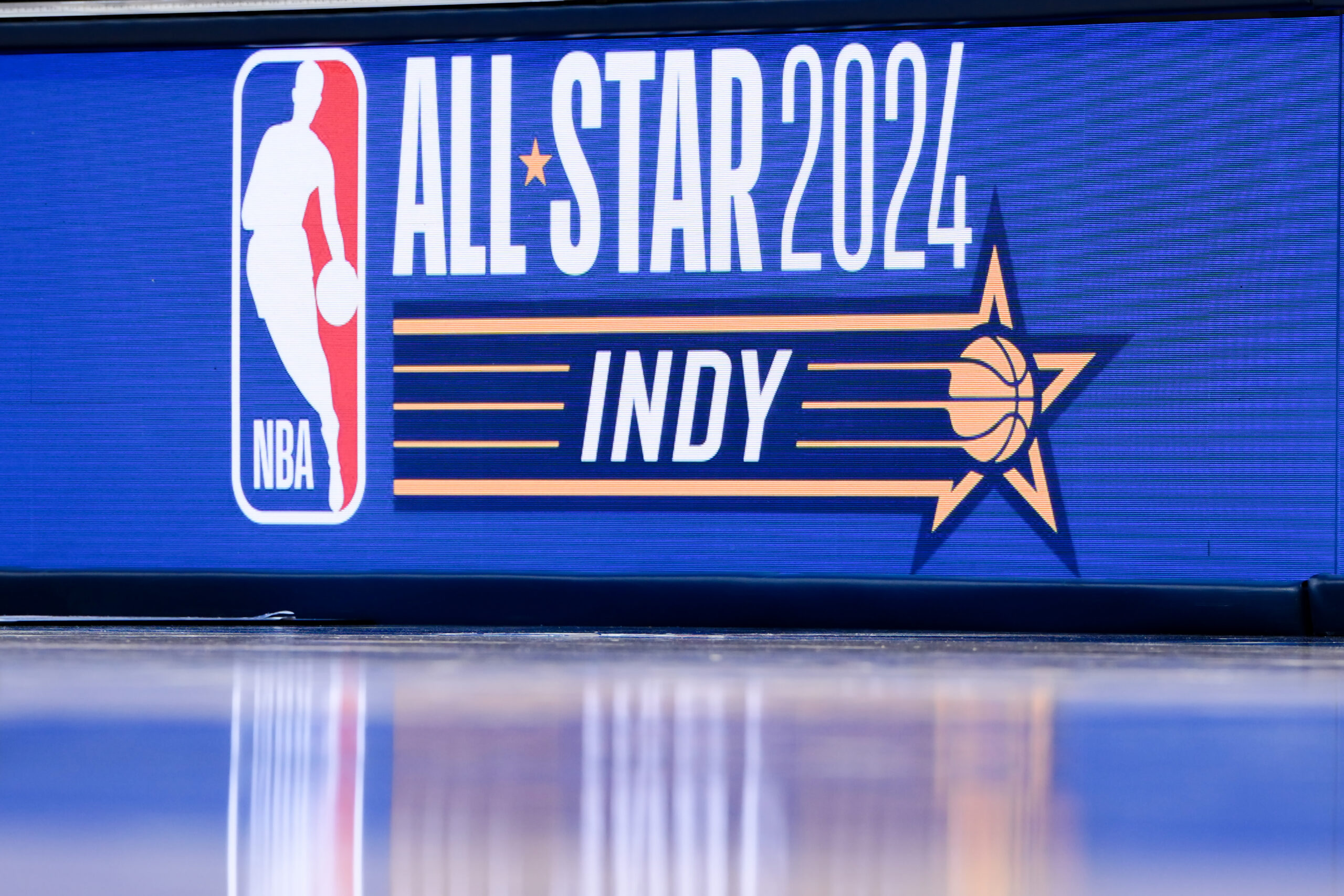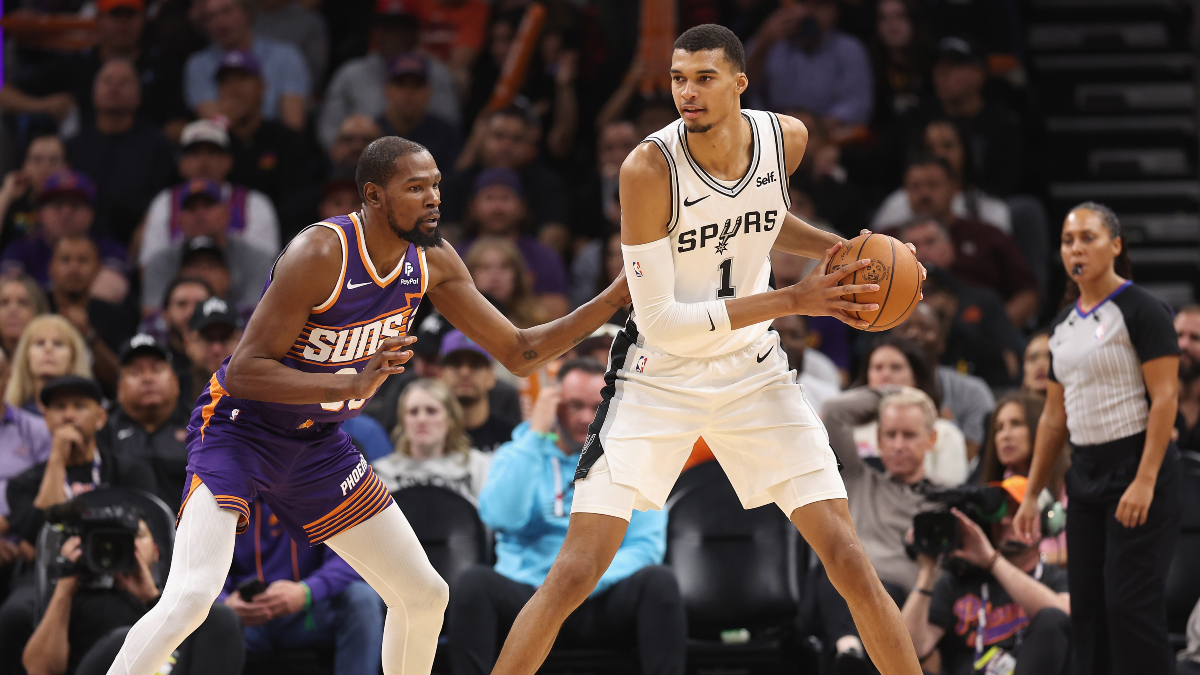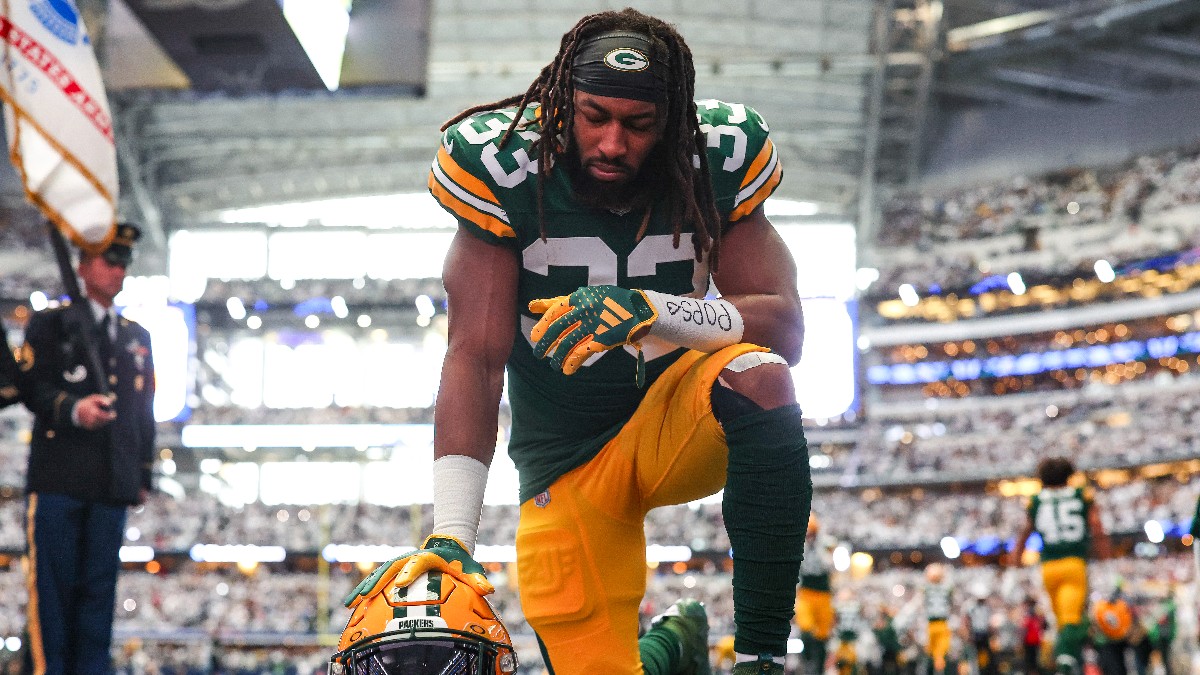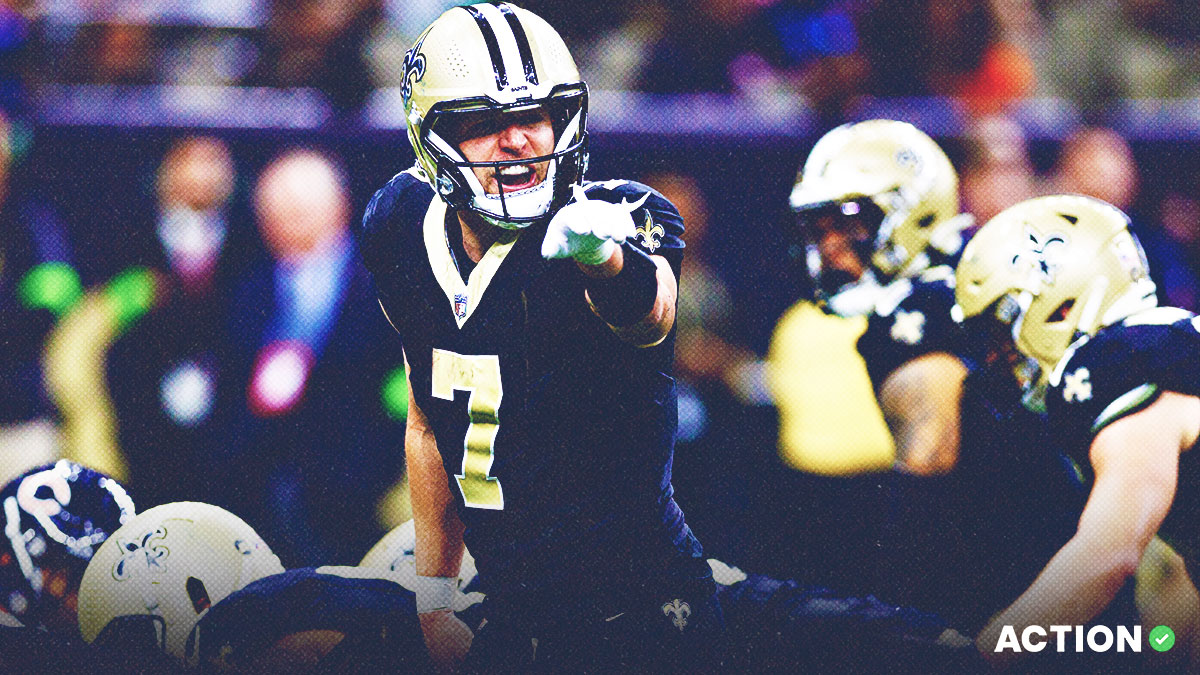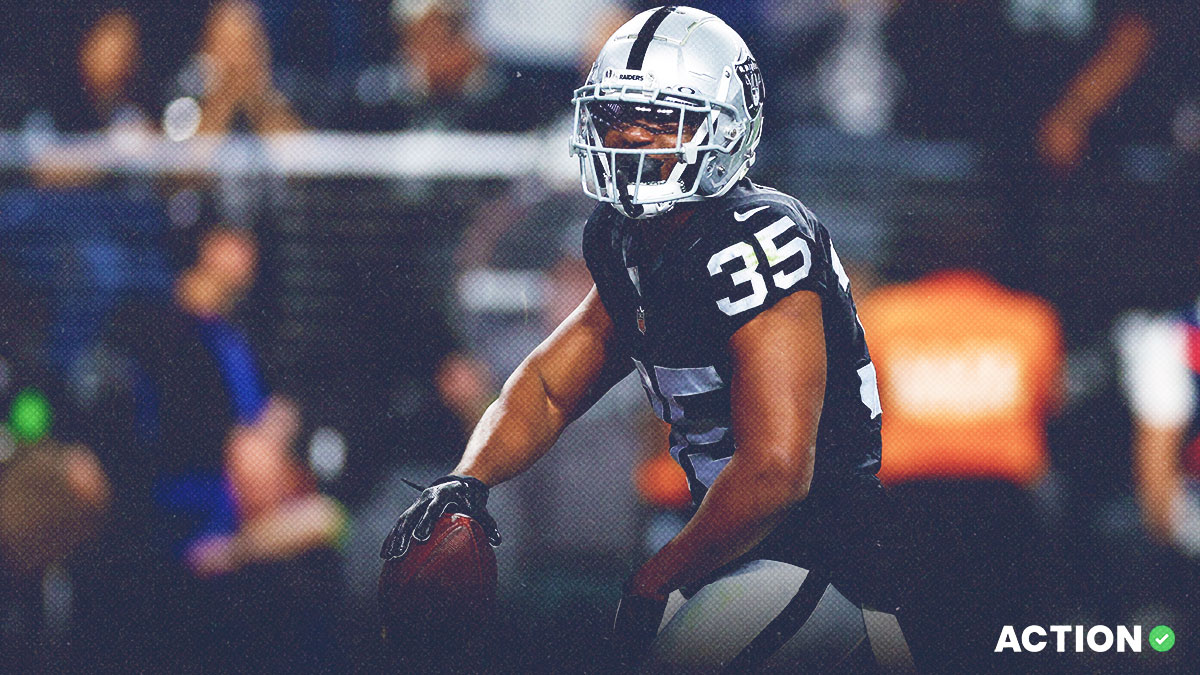It's been an usual NFL offseason with COVID-19 maintaining a firm grasp in the United States, but there are continued signs that the league intends to kick off the 2020 season as scheduled.
With veterans officially starting to report to training camps on Tuesday, we asked our fantasy football analysts how much the coronavirus-related adjustments the NFL and NFLPA have agreed to as well as the potential for positive tests should influence our draft strategy. They debate below.
Sean Koerner
Sean, our Director of Predictive Analytics, was FantasyPros' No. 1 fantasy football draft ranker of 2019.
With a historic level of uncertainty heading into the 2020 NFL season, it's critical that we don't merely go through the motions and treat it like every other season.
There are two buckets of concern to factor in when considering how we alter our overall strategy.
The first is how the virus has changed the typical schedule and environment for this season — a shortened offseason, no preseason games and likely no fans in the stands are the most significant factors to consider.
Will a shortened offseason hurt rookies and players who joined a new team in the offseason? We can only speculate that it will likely have a negative impact, and by how much.
Continuity from the previous season will probably be more valuable than ever this year. The Panthers are the only team in the league that has brought in a new head coach, offensive coordinator, defensive coordinator and starting quarterback this season. I'm under the impression that a team built like that will struggle in the first half of the season.
The lack of preseason games could favor veterans when it comes to position battles. Unproven players typically use the preseason to show the coaching staff they're ready to take over a more significant role — not getting that chance now could impact how we traditionally see position battles shake out.
As for the fans, it's highly unlikely that we see any in the stands this season.
Would the lack of crowd noise negate home/away splits for teams? Would it lead to a significant boost to every team's passing attack, given it will be much easier for the QB to communicate to the entire offense at the line of scrimmage? These are the questions we need to ask right now, and we honestly won't know the answers until the season starts.
The second bucket of concern is the most uncomfortable one to think about, and that is the virus itself.
COVID is unlikely to go away before the season is over, and we have to plan on players testing positive. Hopefully, the NFL's plan to test daily will help catch cases early and prevent spreads to other players or their families.
If a player tests positive during the season, it'll likely knock them out for two to three games — and that will impact all positions equally.
In re-draft leagues, we need to focus on drafting running backs and wide receivers early, building depth at both. That's already the case most season, but it's more critical than ever this season.
Spending high draft capital on quarterback or tight end in leagues in which you only need to start one of each comes with increased risk. Both positions are the deepest they've ever been, making it very easy to stream either in-season, whereas running back and wide receiver are impossible to stream because every starting running back and every No. 1 wide receiver are already rostered.

That's why I'll potentially stream quarterback, tight end, kicker and defense — having that additional flexibility will have more of an edge this year than people realize. Of course, if Patrick Mahomes or George Kittle fall to me in Round 3, I will scoop them up. But there's increased risk drafting quarterback or tight end in the first six rounds.
Matthew Freedman
Matthew is the Editor-in-Chief of FantasyLabs and was the sixth-most accurate FantasyPros ranker in 2017.
I want to push back a little bit on some of Sean's analysis, or at least put my own spin on it.
In friends-and-family leagues — basically any league that isn’t particularly sharp — drafters might undervalue continuity. But maybe they won’t. In such leagues, people tend to be relatively unaware of rookies and up-and-coming players, and as a result, they tend to overvalue the same crusty veterans they’ve been drafting for a half decade.
But because of the continuity such veterans have in 2020, perhaps they’ll actually be valued as they should be by your Uncle Bob and random work associates.
In sharper leagues — like many of those that are currently drafting — it's possible that veterans will be overvalued because everyone in those leagues is hip to the "draft veterans with continuity" narrative.
A few months ago, the continuity angle was sharp, but now my sense is that the market has caught up to it.
I agree with Sean's point about ignoring the quarterback and tight end positions and focusing most on running back and wide receiver, but this strategy should be employed with a modified Zero RB twist: If you want to go heavy at running back because you want to be robust at the position, that’s fine, but consider loading up at the position more toward the back end of the draft rather than the front end.
If you do that, it will allow you to devote most of your premium picks to wide receivers, who will pay off the most this season.
Here’s the logic: If you go heavy on wide receivers early in the draft, you will be truly robust at the position if/when COVID-19 hits. And it’s important to be especially strong at receiver because if one of yours gets injured/sick, it’s not as if you can just plug in his backup and expect to get 80% of the production.
If one of your starting wide receivers gets COVID, you’ll need another starter-caliber receiver already on your roster to use in his place.
But if a running back is injured or gets COVID, there’s a decent chance that his direct backup will get around 80% of his production, which means that you can afford to pass on the position early, knowing that you’re likely to eventually have a shot at getting starter-level production from a player you acquire late in the draft or on waivers.
And here’s one more idea: Stacking might be even more important this year than it usually is.
Let’s say that you like the Chiefs and want to get as much exposure to them as possible. Is this a cautious strategy? No, but people generally don’t win their fantasy leagues by being cautious — they win by taking calculated risks, and stacking in 2020 will allow you to accomplish two goals:
- Maximize your exposure to compounding fantasy points: If a quarterback throws a touchdown to a wide receiver and you have both players, then you’ll amplify the number of fantasy points you get with that touchdown.
- Minimize your exposure to compounding COVID spread: If you somehow shape your team so that you roster players from just four NFL franchises — if you have concentrated your exposure to four stacks — then that means you will have no (or limited) COVID exposure to the other 28 NFL teams.
As we have recently seen in MLB, if one guy gets the virus, there’s a decent chance that many players on his team will also get it. With that being the case, it makes sense to have as little exposure to as many NFL teams as possible this year — and that means I’ll be stacking heavily.


